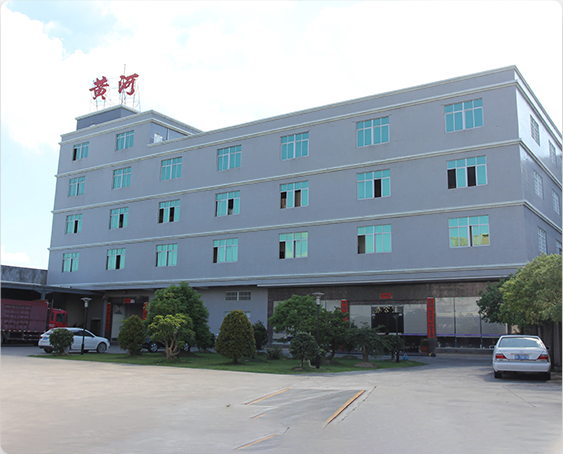In various settings such as schools, workplaces, or during travel, keeping food warm can be a challenge. The right temperature not only determines the taste of your food, but also its safety, quality, and nutritional value.
If you serve food too cold or too hot, its flavor and texture can be largely lost. If food is kept at the wrong temperature for an extended period, it can even be harmful to eat. The good news is that a variety of solutions are available to help you keep food at the ideal temperature. From insulated containers and bags to Preheating methods and heating packs, there are many ways to enjoy your meals at their optimal temperature.
The Scientific Principles of Heat Retention
Keeping food warm relies on controlling heat transfer—the transfer of thermal energy from a hotter object to a cooler environment. Understanding the mechanisms of heat loss is crucial for effective food insulation:
- Conduction: Conduction is the transfer of heat using direct contact of materials. When hot food is poured into a container, if the walls of the container are made of a material with high thermal conductivity (e.g., metal), its heat energy will easily pass to the walls of the container. With the passage of time, it slowly reduces the temperature of the food.
- Convection: Convection is heat transfer through the movement of a fluid (liquid or gas). For example, in a lunch box or a food package, convection occurs when the hot air or liquid flows around the food and escapes through holes. This circulation removes the heat from the food, accelerating it as it cools down.
- Radiation: Radiation is the method of transferring heat energy as electromagnetic infrared waves. Unlike conduction and convection, radiation does not entail contact or fluid motion; heat can travel straight from the hot surface of food to the ambient cold environment. All objects emit thermal radiation, and even in the absence of contact, heat can radiate from food to the ambient environment.
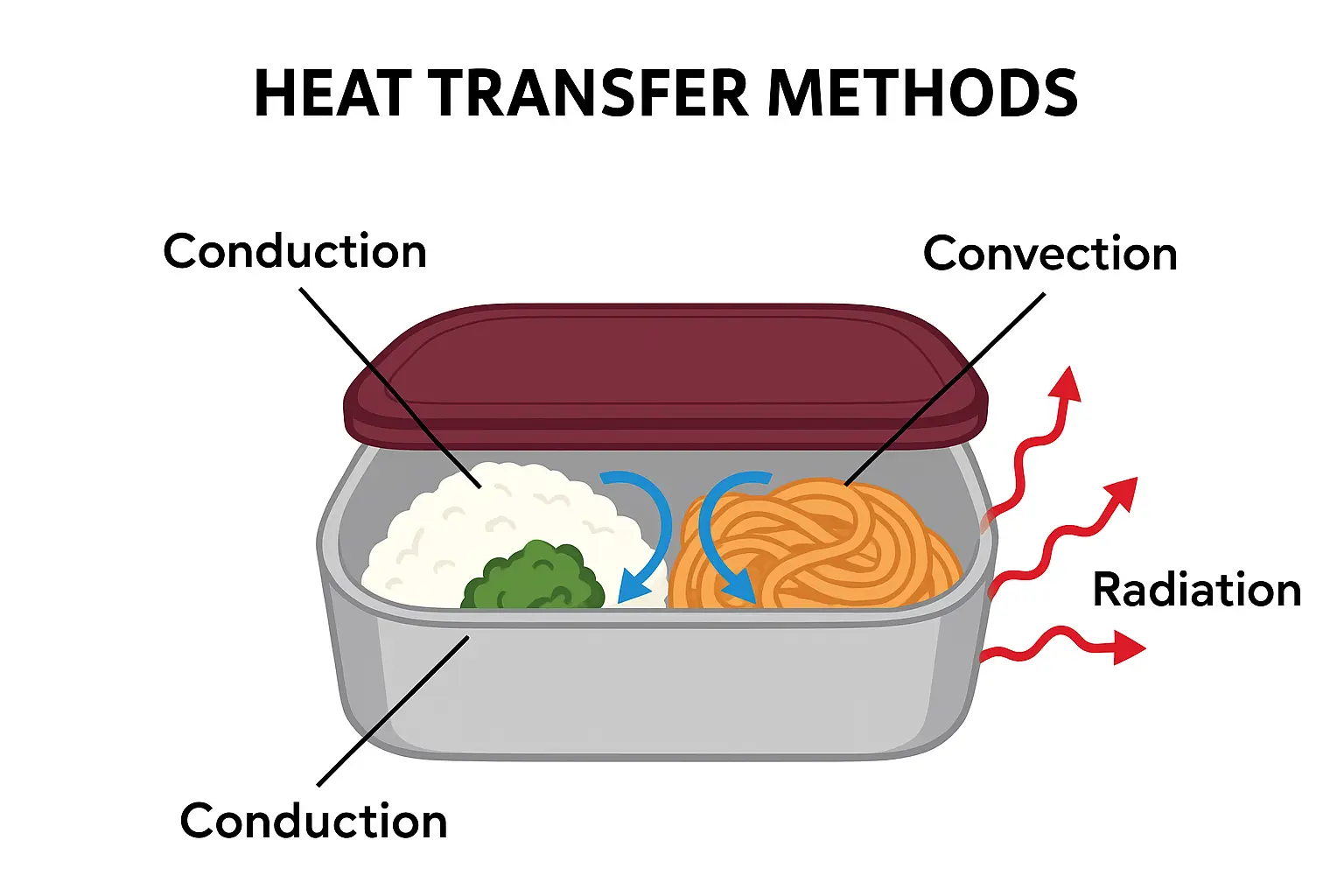
An insulating material minimizes heat loss by serving as a barrier for conduction, convection, and radiation. Lunch boxes that have insulation usually consist of high-density foam, vacuum-sealed double walls, or linings of aluminum foil, which is reflective. The use of these materials helps to minimize the loss of heat energy, which aids in maintaining a stable internal temperature of the food. This is very important in maintaining the food’s safety, taste, and nutrition.
Heat Retention by Container Type
Glass Containers
Glass containers generally have poor thermal insulation properties. This is because glass itself is a poor conductor of heat, allowing heat to dissipate easily through conduction, convection, and radiation.
Even borosilicate glass, which incorporates silica sand, does have some advantages over standard glass in terms of thermal insulation performance, but its inherent thermal insulation performance is still limited.
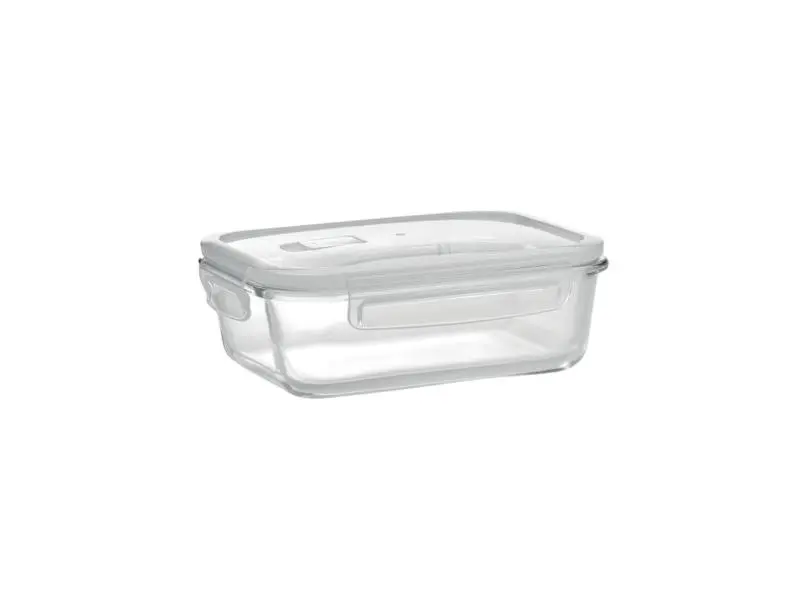
Ordinary Stainless Steel Container
Single-walled stainless steel containers, such as a typical stainless steel cup or basin, generally have poor insulation properties. While stainless steel has a lower thermal conductivity than glass, it’s still a metal and conducts heat well. Heat quickly conducts through the container’s walls, causing the temperature to drop rapidly. Therefore, if you fill a single-walled stainless steel cup with hot water, the cup will quickly become hot, and the water inside will quickly cool.
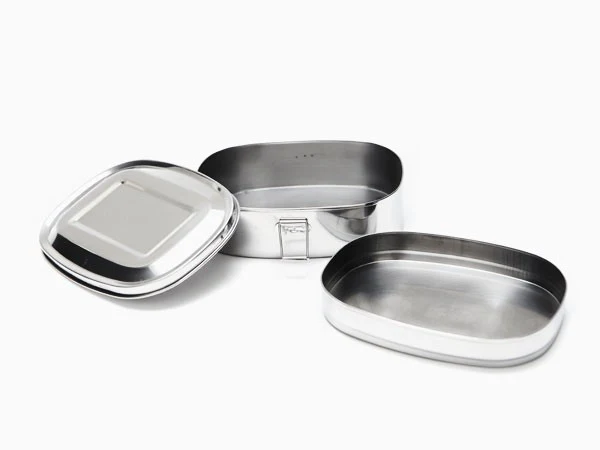
Vacuum-Insulated Containers
Vacuum-insulated containers generally have excellent insulation properties, primarily due to their unique structural design rather than simply the properties of the material. Thanks to the double-walled vacuum structure, since there’s no air in the vacuum, heat can’t be transferred from the inside of the container to the outside via conduction or convection, effectively isolating the internal and external temperatures.
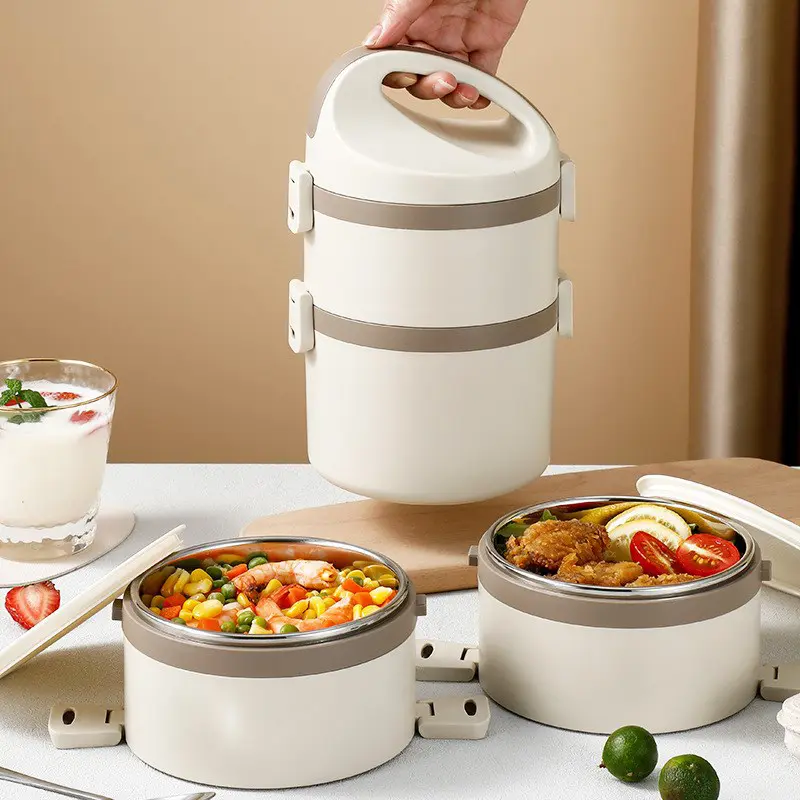
Why Double-Layer Vacuum Insulation Lunch Boxes Are More Recommended
Double-wall vacuum insulated lunch boxes retain heat better than single-wall or standard insulated containers. This design uses two layers of stainless steel with a vacuum-sealed gap in between, significantly reducing heat loss through conduction and convection.
Key Benefits
- Longer Heat Retention: Can keep food hot for 6–12 hours, depending on size and quality.
- Better Temperature Stability: Maintains a consistent internal temperature, ensuring your meal is still enjoyable even hours after packing.
- Durability: Resistant to dents, rust, and odor absorption, making them ideal for daily use.
- Versatility: Suitable for both hot and cold foods, allowing year-round use.

Preheating Your Lunch Box
Preheating is a simple step that can significantly improve heat retention.
Why Preheating Helps
- Eliminate temperature differences: The interior of a stainless steel lunch box is cool at room temperature. If you put hot food directly into it, the heat from the food will first be used to heat the cool interior. This process consumes a large amount of heat energy, causing the temperature of the food to drop rapidly as soon as it is placed.
- Enhanced vacuum insulation: The vacuum layer of an insulated lunch box effectively isolates the internal and external temperatures. However, if the inner container is cold, it will continue to absorb heat from the outside, lowering the internal temperature. Preheating the container with hot water can also raise the vacuum layer between the inner container and the outer shell to a higher temperature, thereby enhancing its insulation effect.
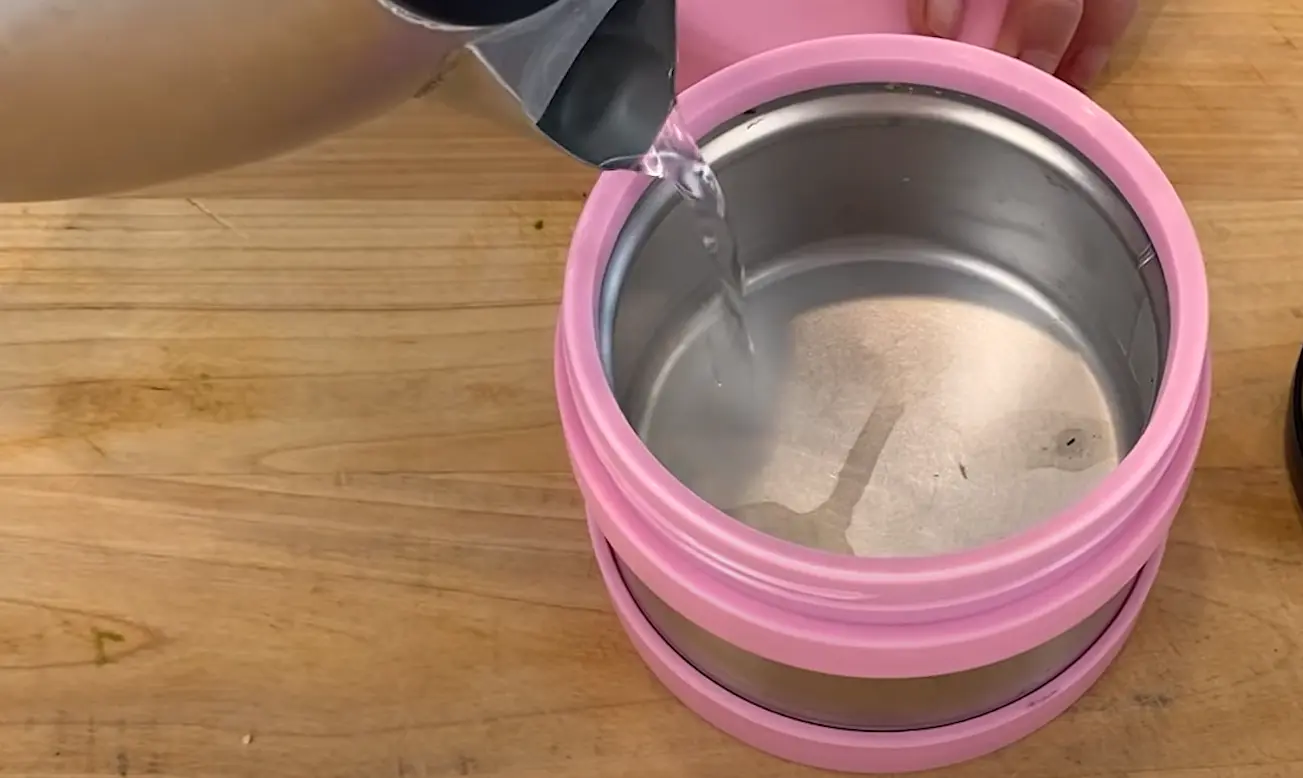
How to Preheat
1. Prepare Hot Water
First, boil a pot of water or prepare enough hot water. The higher the water temperature, the better the preheating effect.
2. Pour in Hot Water
Pour hot water into the inner container of the lunch box, enough to cover the bottom. If the lunch box has dividers or multiple inner containers, it’s best to fill each container with an appropriate amount of hot water. If the lunch box is layered, fill all the containers with hot water first and then cover them.
3. Let It Sit for a Few Minutes
Cover the lunch box and let it sit for about 3-10 minutes. This process will allow the heat from the hot water to fully transfer to the inner pot and lid of the lunch box, eliminating the temperature difference between the inside and outside of the lunch box, making the entire lunch box warm.
4. Pour off the Hot Water and Wipe Dry
After Preheating, Pour Out the Hot Water and Wipe the Inner Pot Dry with a Clean Cloth or Paper Towel to Prevent Excess Moisture from Affecting the Taste of the Food.
5. Load Hot Food
Quickly pack your hot meals into the lunch box. Since the inner pot is preheated, the heat from the food won’t be absorbed by the container. Once you’ve put the food in, immediately close the lid and tighten it to lock in the heat.
Timing recommendations: A 3–5 minute preheat is usually sufficient for most containers.
Additional Heat Retention Tips
Use heat packs: You can place heat packs on the bottom or sides of your lunch box. These packs continuously release heat, providing an additional source of warmth. This method is particularly effective in cold environments.

Wrapping your lunch box with insulating material: Adding insulation to the outside of your lunch box can significantly improve its insulation. You can tightly wrap the lunch box with aluminum foil, which reflects heat radiation and reduces heat loss. Alternatively, placing the lunch box in a special insulated bag or a thick cloth bag provides an additional layer of insulation, slowing heat loss.
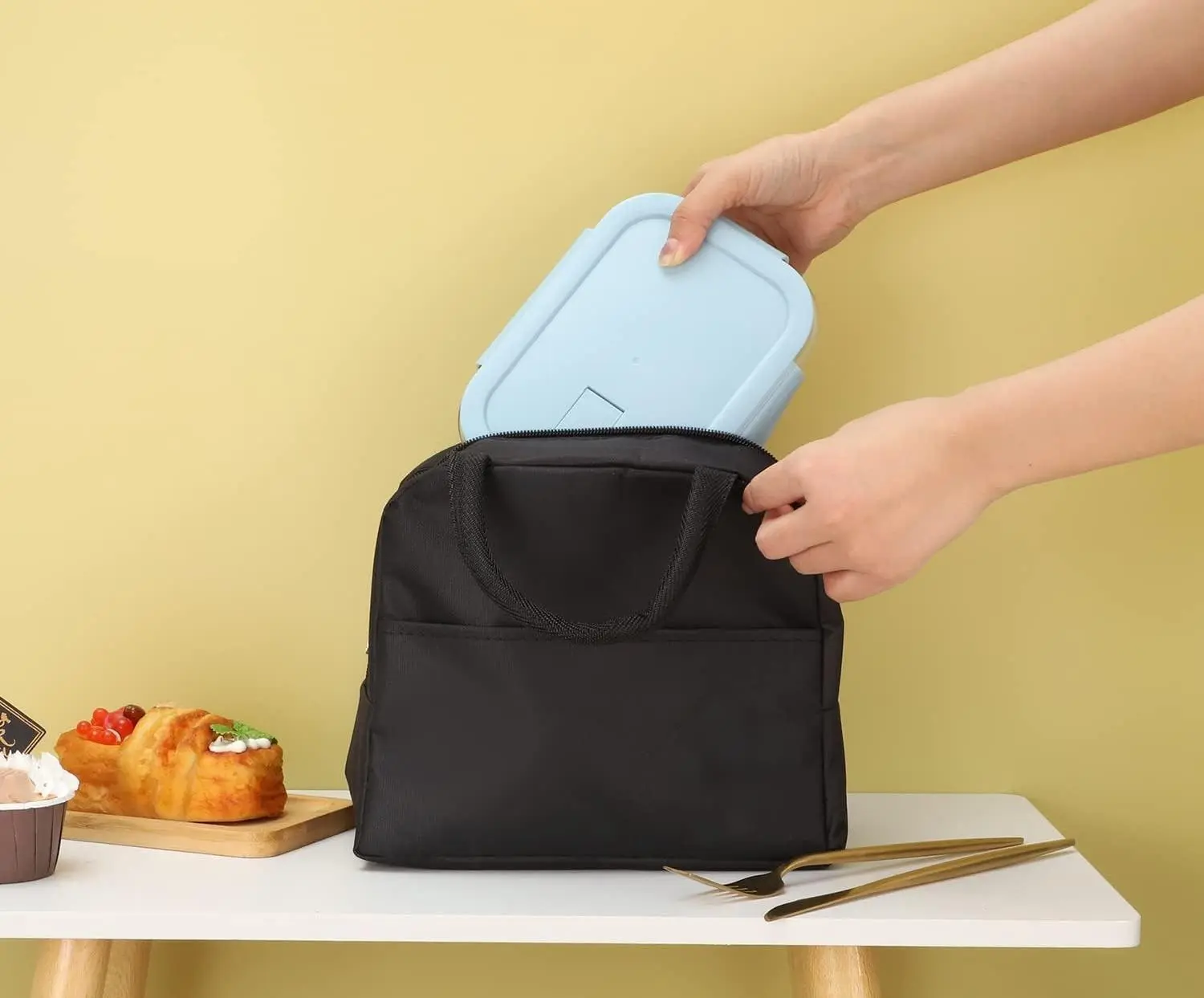
Minimize opening: Each time you open your lunch box, a significant amount of heat is quickly lost to the surrounding air. To maintain optimal insulation, wait until you’re ready to eat.
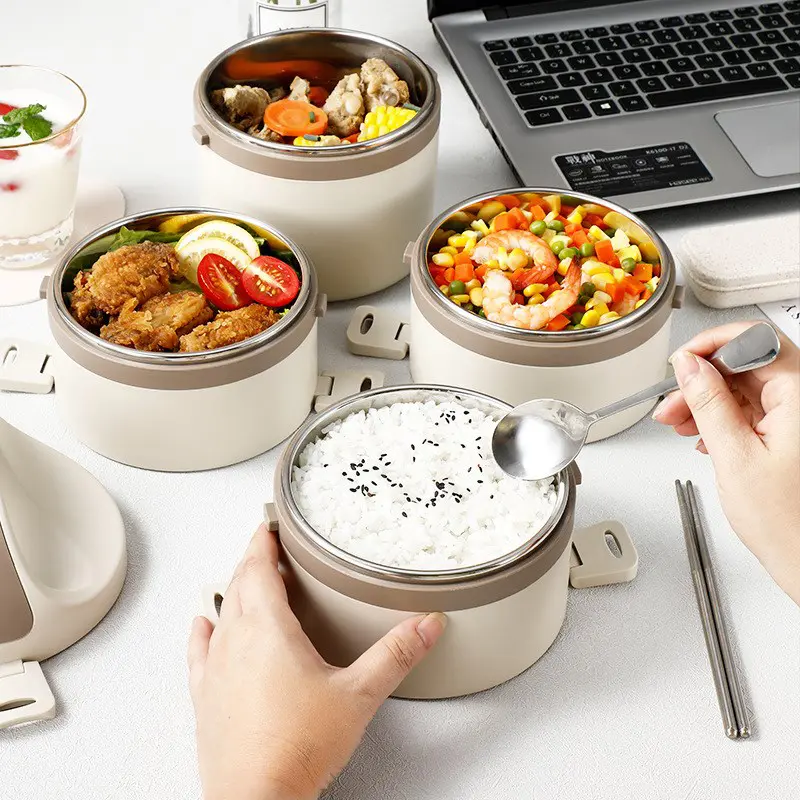
Foods That Stay Warm Longer
Liquid or Semi-liquid Food
Foods like soups, porridge, stews, curries, and pasta sauces contain a lot of water, which has a high heat capacity and can store and retain a lot of heat. When you put these foods into preheated insulated lunch boxes, they can effectively lock in heat and stay warm for longer.
Foods with a Dense Texture and Large Volume
Larger foods with a dense texture (like whole roasts, meatballs, or meatloaf) lose heat more slowly as they cool than smaller pieces. Similarly, staple foods like rice, noodles, and potatoes retain their temperature better if they remain whole.
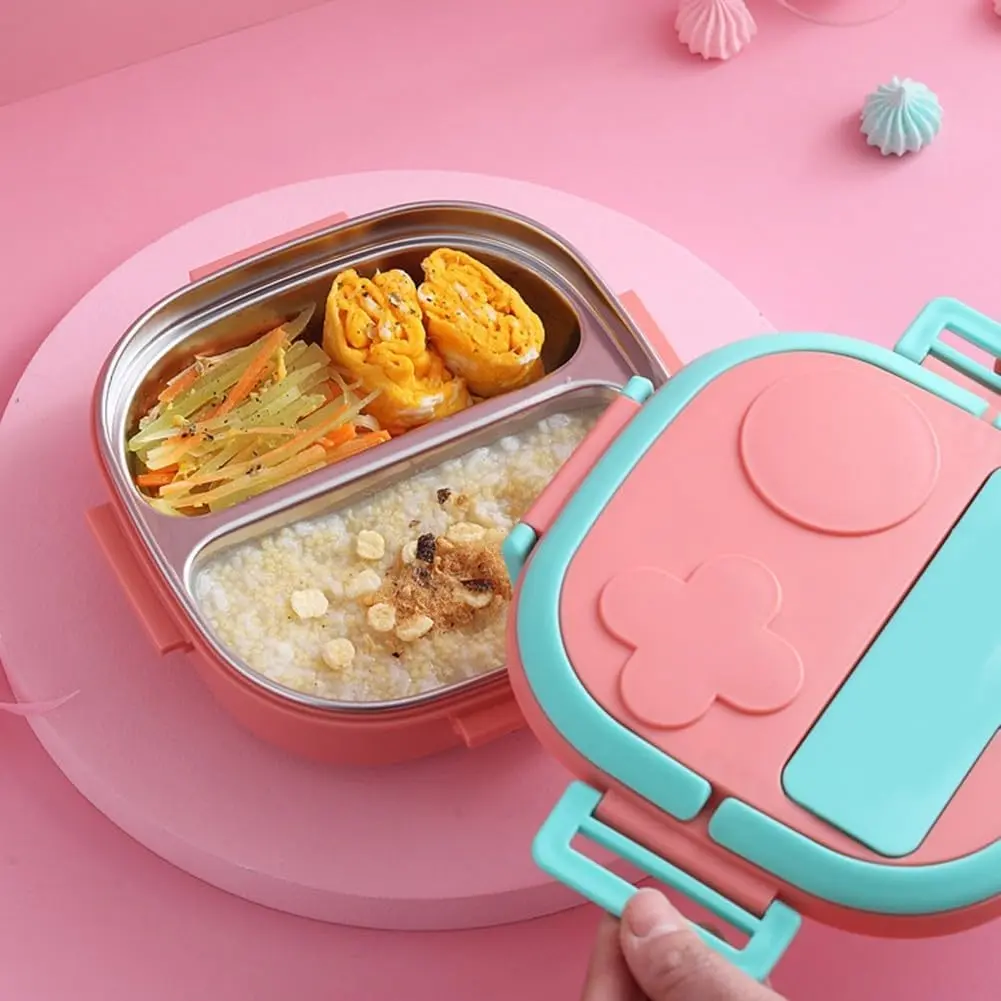
Choosing the Right Lunch Box for Your Needs
When selecting a lunch box, consider:
- Size: Ensure it fits your meal portions without wasting space.
- Portability: Choose a design that’s easy to carry on the go.
- Insulation performance: Vacuum-insulated or thickly insulated options provide longer heat retention.
When choosing a high-quality lunch box, you need to consider the material, thermal insulation performance, capacity and compartments, sealing, and ease of cleaning.
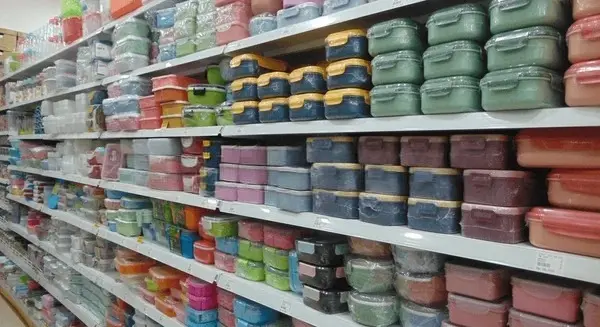
Conclusion
Keeping food warm in a lunch box doesn’t just keep it delicious, tasty, and safe. Understanding heat transfer and choosing the right insulated container can significantly extend the time food stays hot.
This article explains how preheating your lunch box, using other heat preservation techniques, and choosing foods that naturally keep warm longer can all help you achieve better results. I hope you found this helpful, and thank you for reading.
Purecook – Leading Lunch Box Manufacturer & Wholesale Supplier
Purecook is a trusted lunch box manufacturer from China with over 30 years of OEM and ODM experience, specializing in high-quality stainless steel and insulated lunch boxes. We supply wholesale lunch boxes to retailers, distributors, and brands worldwide, featuring durability, superior insulation, and modern designs.
Purecook utilizes advanced production equipment and rigorous quality control to ensure each lunch box meets international food safety standards. We also offer flexible customization options for size, material, color, and branding. With strong R&D capabilities, competitive factory pricing, and reliable bulk supply, we are the preferred partner for businesses seeking high-quality, large-scale lunch box solutions. Contact us today!
